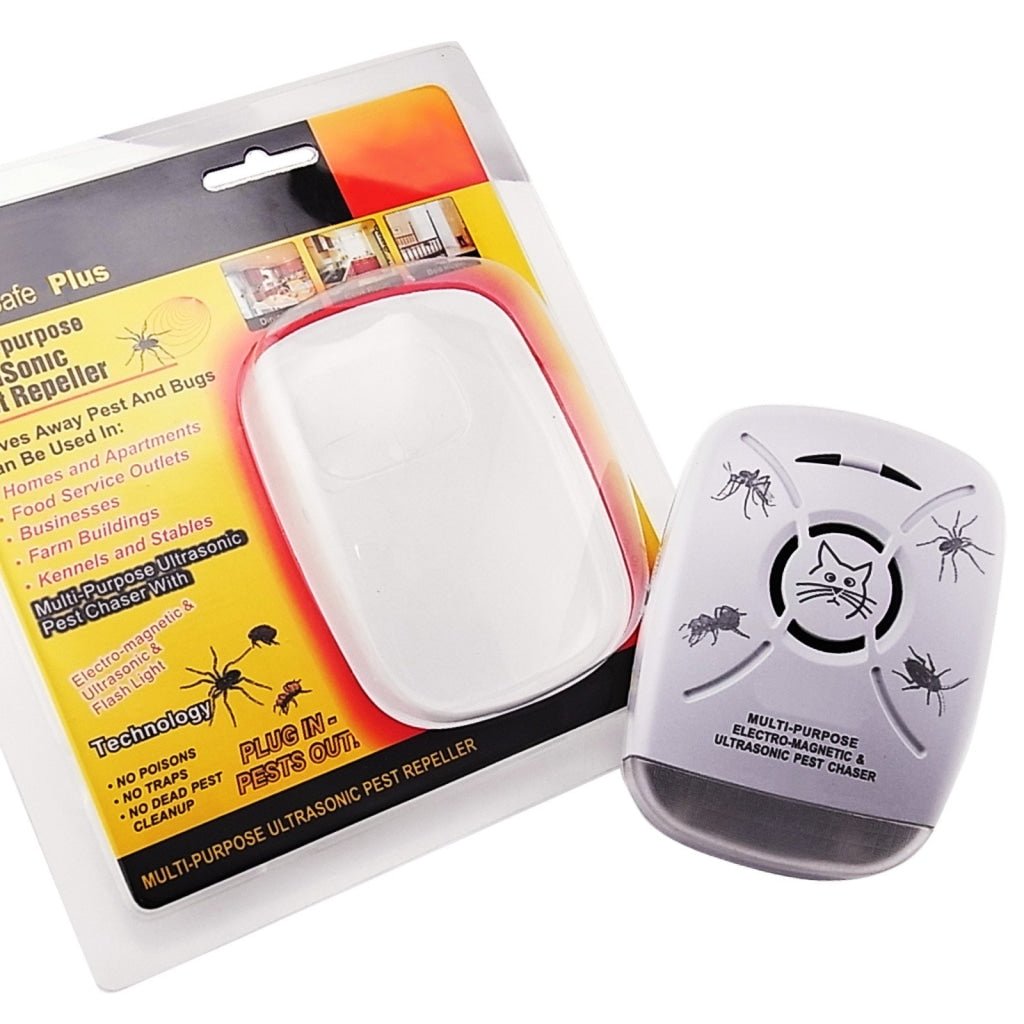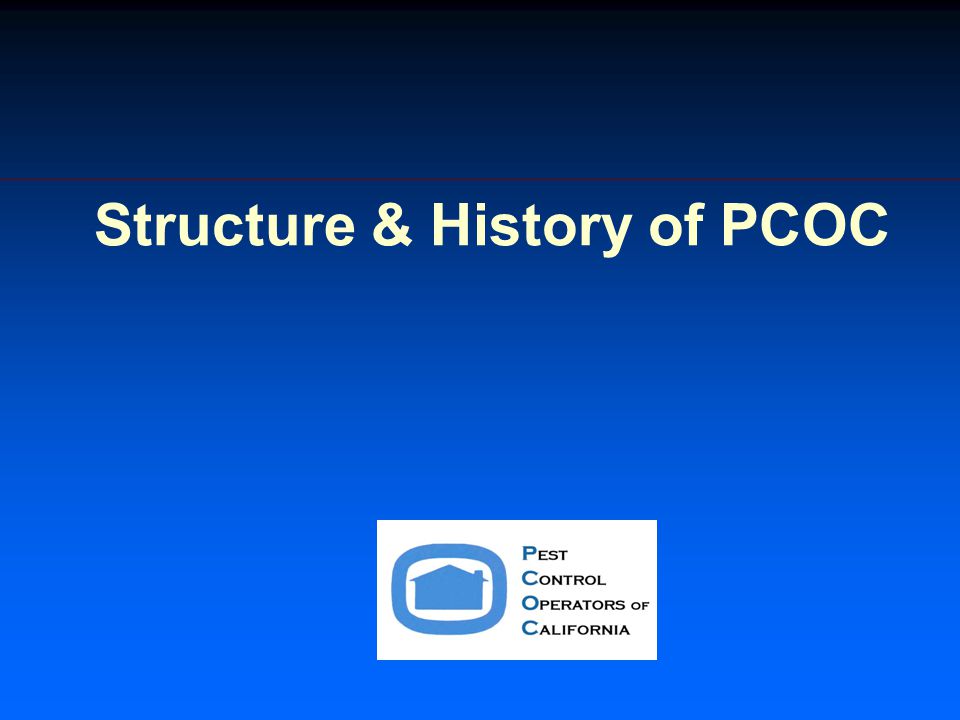Pestwise Fundamentals Explained
Pestwise Fundamentals Explained
Blog Article
Not known Factual Statements About Pestwise
Table of ContentsThe Facts About Pestwise UncoveredThe smart Trick of Pestwise That Nobody is Talking AboutThe Buzz on PestwiseNot known Details About Pestwise Some Ideas on Pestwise You Need To KnowFascination About PestwiseMore About Pestwise

Q. Specify "incorporated parasite management" (IPM) and listing numerous possible control methods that may be made use of in an IPM method. A. Integrated pest management is the integrating of proper parasite control methods right into a solitary strategy to minimize pests and their damages to an appropriate level. Parasite control techniques may include: host resistance, biological control, cultural control, mechanical control, sanitation, and chemical (chemical) control.
Facts About Pestwise Revealed
What can you do to maintain the bugs you are attempting to control from coming to be resistant to the pesticides you make use of? A. Bug resistance can be lowered by utilizing incorporated bug management and revolving the types of chemicals used.
Pests are an important danger to the farming business, and integrated parasite monitoring helps farmers address and mitigate these dangers. Integrated parasite management uses several techniques in complicated, hence being a more efficient remedy to the problem. Mosquito Control. Specifically, removing hostile chemical techniques allows for minimizing injury to people and the environment by making use of natural and much safer choices rather
Top Guidelines Of Pestwise
The goal of integrated parasite monitoring is to decrease this injury and control appropriate infestation levels instead than eradicate all undesired populaces. This is why it is essential to comprehend what actions are warranted in each instance and use hostile ones just when other incorporated monitoring techniques don't work. Integrated monitoring alleviates the adverse consequences of a non-IPM strategy, and the primary advantages of IPM Conveniences of IPM.
An appropriate understanding of the problem extent determines if the issue ought to be addressed. are the following parts of an IPM program due to the fact that it is necessary to recognize if the microorganisms make prospective dangers and choose on the integrated administration choices or the specific chemical usage. mean to minimize problems by using different agronomic methods.
The Of Pestwise
Integrated administration options in an IPM program beginning with more secure to more aggressive ones. The above-mentioned incorporated management elements help recognize just how to prepare and execute an IPM program action by step: Screen your plants consistently.

To name a few, IPM social approaches include the try here adhering to field administration strategies: soil therapy; option of suitable plants; crop rotation; interplanting or strip chopping; option of planting dates; weed control; use of trap plants. Positive dirt problems speed up plant growth, and strenuous plants are more immune to infestations. Pest Control Services. In integrated parasite monitoring, dirt screening aids understand if the field is ideal for the production of this or that crop, and afterwards use the doing not have nutrients to ensure plant healthy and balanced growth
The Single Strategy To Use For Pestwise
No-till practices help protect against soil disintegration, contributing to sustainable farming. However, when tilling is needed, it is recommended to perform it in the be up to subject them to natural adversaries and serious weather. Healthy seedlings and seeds predetermine successful crop development, so it is necessary to choose pest-free growing material with strong roots.
, which is also used in the incorporated pest monitoring system. Alternatively, problems boost when plants of the very same plant type or family members grow with each other.
Potato beetles can harm growing potatoes, in addition to tomatoes. Planting catch plants in spots is another choice for IPM intercropping. This integrated pest administration method suggests drawing in bugs to details plants and afterwards managing them with chemical or mechanical techniques. Particularly, you can grow soybeans as catch plants for Japanese beetles.
The smart Trick of Pestwise That Nobody is Discussing
Obstacles are typical examples of physical IPM techniques. Let's take a closer consider them. Removing or picking insects out by hand is a time and labor-consuming choice that is commonly used in incorporated management and chemical-free farming. Mature insects or their eggs and larvae are accumulated by hand and damaged.

Division of Plant Sciences. College of Missouri. Dirt solarization is a reliable integrated management strategy to decontaminate the area by warming it in an all-natural way. This integrated administration technique indicates a common method of ruining parasites by killers, parasitoids, pathogens, and other biological control representatives (also known as antagonistic microorganisms). The duty of biological control in IPM is to.
The Basic Principles Of Pestwise
With time, their populace became a real nuisance to farmers along with native kangaroos or dingoes. The cane toad is another situation highlighting integrated organic control failure hereof when it declined to search the target species and became a parasite itself. Parasitoids create on or within their hosts to ultimately kill them after growing.
Report this page